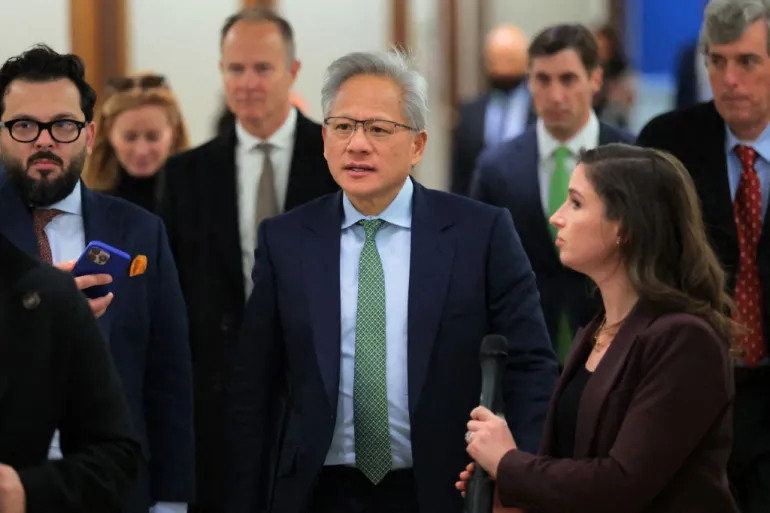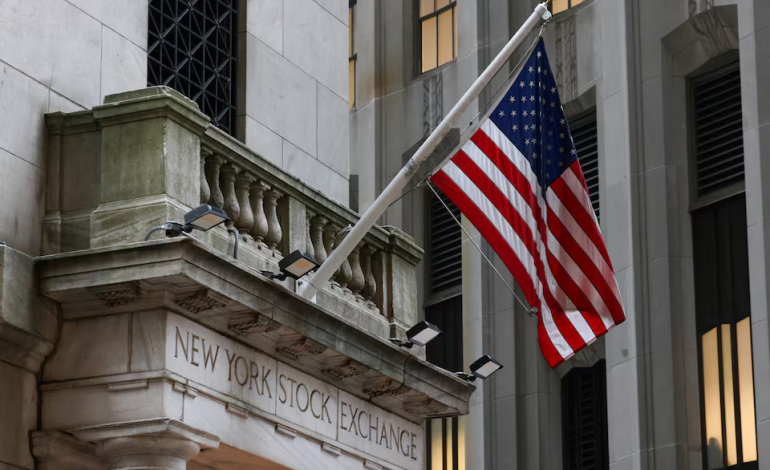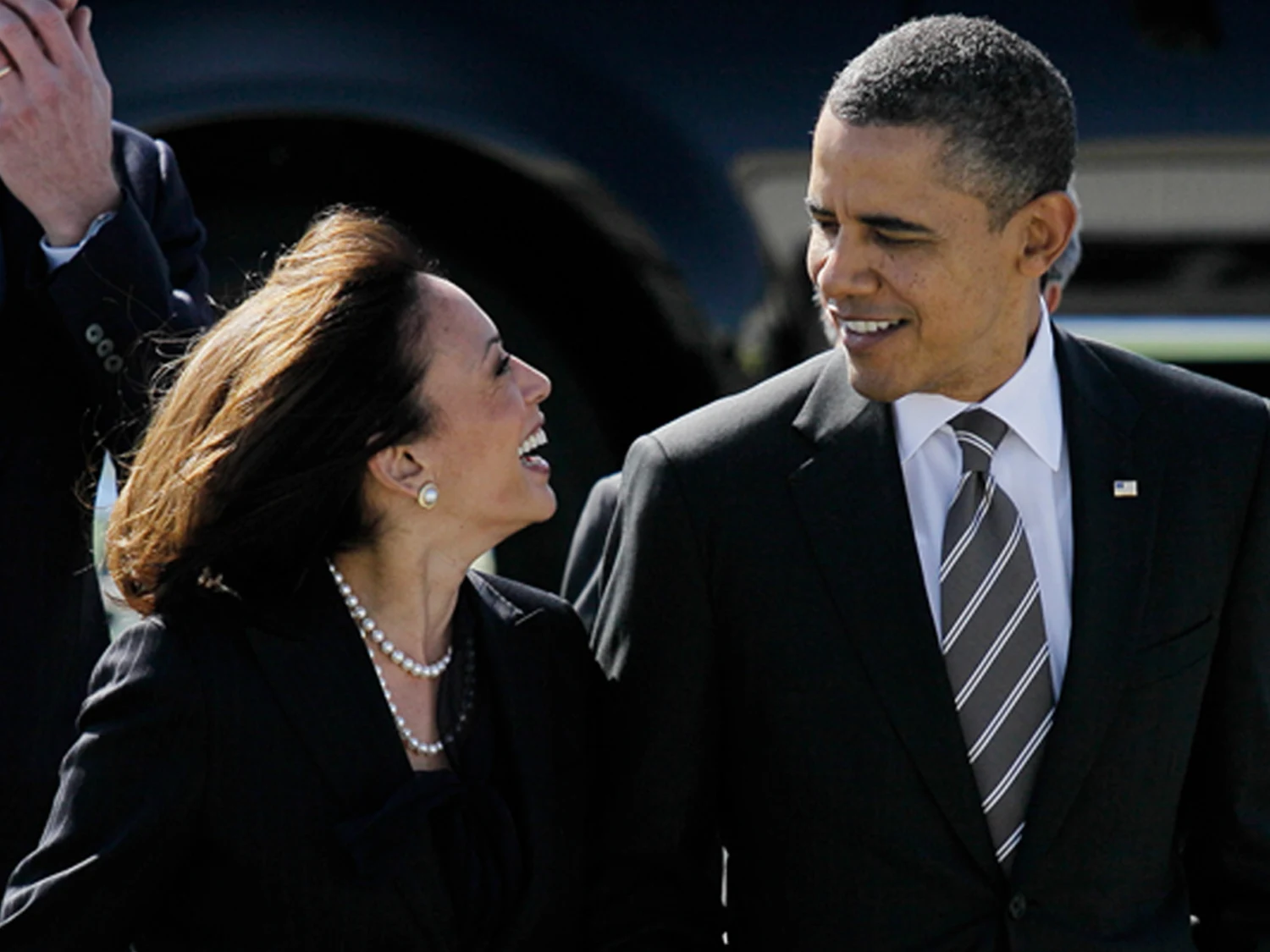The US bond market, long considered a foundational pillar of global finance, is facing heightened volatility as long-term Treasury yields rise to multi-decade highs.
This shift is causing ripple effects across asset classes and sparking debate among investors, economists, and policymakers about the direction of US fiscal policy and its implications for financial markets.
This week, the House of Representatives passed a large-scale tax and spending bill backed by former President Donald Trump. The bill, which extends the 2017 tax cuts and increases government outlays, is expected to add trillions to the national debt over the next decade. Market reaction was swift: the 30-year Treasury yield climbed above 5.1%, and the 10-year yield rose to over 4.6%, levels not seen in years.
A weak Treasury auction on Wednesday further fueled concerns, with limited demand highlighting fears about oversupply. Investors, increasingly wary of the ballooning US deficit, are demanding higher returns for holding government debt, pushing borrowing costs higher.
Financial markets reflected these anxieties. Mortgage rates rose to 7.08%, making housing even less affordable for many Americans. Meanwhile, Bitcoin surged to a record high of over $111,000 as some investors sought alternatives to traditional assets. Gold prices also climbed, while the dollar weakened.
Analysts say the bond market’s reaction underscores broader concerns about fiscal sustainability. Moody’s recent decision to remove the US’s last major triple-A credit rating added to the unease, and Federal Reserve officials have acknowledged the growing strain. Fed Governor Christopher Waller commented that the markets were hoping for “much more in terms of fiscal restraint.”
Investor unease also reflects the difficult position of the Federal Reserve. With long-term rates rising independently of central bank policy, the Fed faces a dilemma: stepping in to buy bonds could stabilize yields but risks fueling inflation. Alternatively, doing nothing could allow borrowing costs to climb further, potentially slowing economic growth.
Ray Dalio, founder of Bridgewater Associates, summarized the challenge in a recent video, warning that the bond market’s breakdown could force the Fed into a bind between combating inflation and supporting the economy.
Additional uncertainty came from President Trump’s announcement that he is considering re-privatizing mortgage giants Fannie Mae and Freddie Mac. Though details remain unclear, such a move could reduce government backing for the agencies and lead to higher mortgage rates.
The impact of rising yields is already visible. Stock markets fell sharply on Wednesday, with the Dow dropping 1.9%. European and Asian markets followed suit, and global bond markets also saw rising yields as investors reassessed sovereign debt risks.
Meanwhile, the cryptocurrency market continued its upward trajectory, driven by both macroeconomic concerns and optimism about upcoming US stablecoin regulations. Bitcoin’s rise reflects not only investor appetite for risk-off alternatives but also a broader search for inflation-resistant stores of value.
Looking ahead, investors are watching key economic indicators closely, including purchasing managers’ indexes and home sales data, for signs of how rising rates and fiscal policy shifts are affecting economic activity.
Reuters, Quartz, CNN, and the Wall Street Journal contributed to this report.










The latest news in your social feeds
Subscribe to our social media platforms to stay tuned